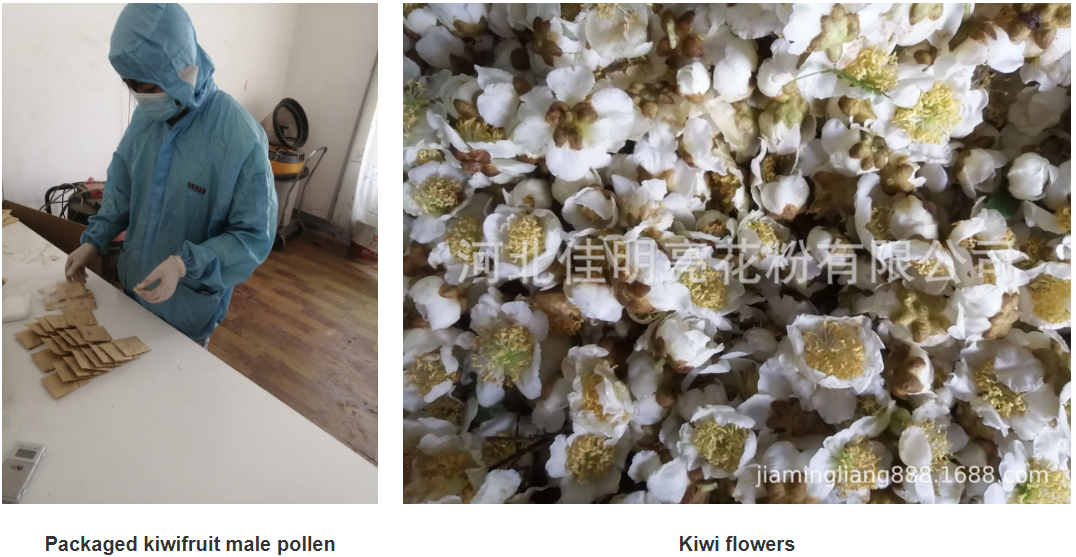ສ.ຫ. . 31, 2024 17:18 Back to list
best pollen for pollination of pear trees in orchards
The Best Pollen for Pollination of Pear Trees in Orchards
Pollination is a crucial process in the cultivation of pear trees, as it significantly influences fruit yield and quality. Understanding which pollen sources are best for pollinating pear trees can lead to improved orchard productivity, making it essential for orchard managers to choose the right pollen varieties for a successful harvest. This article explores the best pollen options for pollination of pear trees in orchards.
Pear trees, particularly the European (Pyrus communis) and Asian pear (Pyrus pyrifolia) varieties, are generally self-incompatible. This means that they require pollen from other pear trees to set fruit effectively. Selecting compatible pollen sources is vital, and it often involves understanding the flowering periods and compatibility of different pear cultivars.
First and foremost, it’s essential to choose pollen from cultivars that bloom simultaneously with the pear trees in question. For instance, varieties like 'Bartlett,' 'Bosc,' and 'Anjou' are commonly planted in many orchards. These cultivars, known for their high fruit yield, can serve as excellent pollen sources for one another. Cross-pollination typically leads to better fruit set, larger fruit size, and enhanced overall quality.
Additionally, the use of pollinizer varieties—specific types of pears planted within an orchard to ensure cross-pollination—is a highly effective strategy. Varieties such as 'Kieffer' and 'Hardy' are often recommended as pollinizers for other pear types due to their simultaneous flowering and prolific pollen production. When planting an orchard, incorporating these varieties can significantly boost pollination rates.
best pollen for pollination of pear trees in orchards

Apart from using different pear cultivars, the timing of pollen availability is also critical. Pear trees generally bloom in the spring, and local climate conditions can vary flower timing. Thus, observant orchard managers should closely monitor their trees and ensure that any chosen pollinizer will be in bloom at the same time as the main crop. This synchrony is key; without it, even the best pollen can be rendered ineffective.
Moreover, bees, particularly honeybees, play a vital role in the pollination process. To maximize the efficacy of pollen transfer, maintaining healthy bee populations is crucial. Planting wildflowers and cover crops can attract pollinators, creating a vibrant ecosystem in the orchard. This not only enhances pollination efficiency but also promotes overall biodiversity.
Lastly, avoiding the use of excessive pesticides during the flowering period is advisable, as this can harm pollinators and negatively impact fruit development. Employing integrated pest management (IPM) practices can ensure that pests are managed without compromising bee populations essential for pollination.
In conclusion, utilizing the best pollen for pollination of pear trees in orchards involves choosing compatible and synchronously flowering pear cultivars, planting effective pollinizer varieties, ensuring a healthy environment for bees, and practicing sustainable pest management. By implementing these strategies, orchard managers can enhance the pollination process, ensuring a bountiful and high-quality pear harvest. Through thoughtful planning and observation, the productivity of pear orchards can be optimized, benefiting both producers and consumers alike.
-
High-Quality Oak Pollen for Allergy Research & Testing – Reliable Oak Tree & Live Oak Pollen Supplier
NewsJul.08,2025
-
Premium Pear Pollen for Pollination in Orchards in Taiwan – Reliable Factories, Manufacturers & Suppliers
NewsJul.08,2025
-
Premium Pollen Producer & Apricot Pollen Suppliers High-Quality Apricot Pollen Factories
NewsJul.07,2025
-
Premium Juniper Tree Pollen for Fruit Tree Varieties – Quality Assured by Leading Plum Pollen Manufacturers
NewsJul.07,2025
-
High Quality Elm Pollen Supplier - Fresh Elm Tree & Apricot Flower Pollen for Sale
NewsJul.07,2025
-
Premium Cherry Pollen for Sale – Fresh Cherry & Avocado Tree Pollen Supplier
NewsJul.06,2025